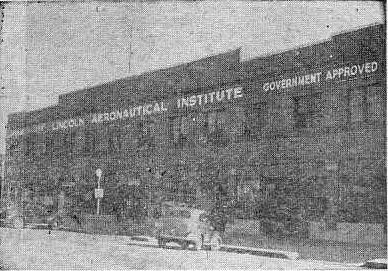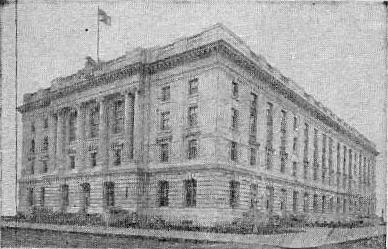
No. 13--Aeronautical Institute
When a blond young man. silent and tall, brought his smoking motorcycle to rest in front of E. J. Sias's airplane and flying school at 2415 O. on April fool's day, 1922, he probably had no idea, and certainly Lincoln had no idea, that what he learned at the flying school would one day catapult him into fame. Unnoticed Charles Lindbergh traversed the streets of Lincoln, quiet and untalkative.
After his spectacular air voyage of May 20-21, 1927--spectacular and yet on his part made an quietly as his entrance into Lincoln five years before, the flying school suddenly became a mecca. Young men were siphoned out of Australia, Scotland, China, New Guinea and dumped at the door of the school--young men talking in divers tongues but speaking the same language aeronautically. Since the war started men in uniform have almost cracked the walls of the aeronautical institute.
The name of E. J. Sias to synonymous now with the words flying school. But 30 years ago he was the energetic young minister who plucked Tabernacle Christian church out of a cocked hat before the startled eyes of south Lincoln. One day, June 21, 1912, he and a group in his home thought up a Christian church in that part of the city. Two days latter they met and planned a building and 60 men volunteered to put up a structure between morning light and evening dark. The heat of late June prevented quite this much of a miracle. but anyway, on June 30, nine days after the initial meeting, the tabernacle was ready for occupancy. Rather, it was occupied--by 800 people listening to the dedicatory sermon. This building sufficed its congregation ten years. By that time Mr. Sias was deep in something else--flying.
